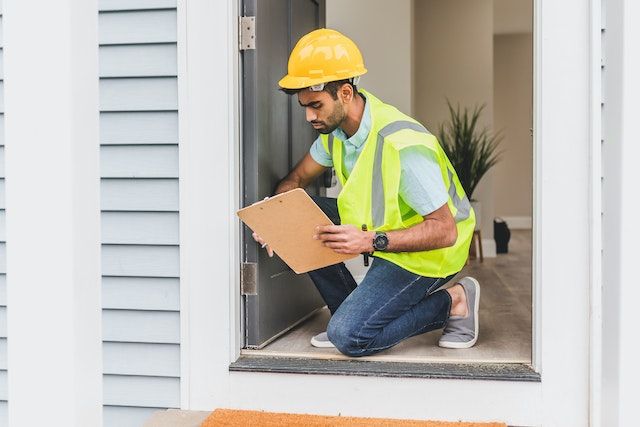Buying a new home is a significant investment, and ensuring it is free from defects is crucial. Snagging inspection is a process that helps identify issues in newly built properties before the final handover. Whether you are purchasing a new house or an apartment, snagging inspections play a vital role in ensuring that your property meets the expected standards.
What is a Snagging Inspection?
A snagging inspection is a detailed assessment of a new build property to find any defects or unfinished work. These defects, known as "snags," can range from minor cosmetic issues, such as paint imperfections, to more severe structural problems like faulty plumbing or electrical wiring.
Why is a Snagging Inspection Important?
Many new-build properties have defects due to rushed construction timelines and cost-cutting measures. A snagging inspection ensures:
- Defects are identified and fixed before you move in
- Compliance with building regulations and quality standards
- Avoidance of costly repairs in the future
- Increased property value and longevity
Common Snags Found in New Build Properties
A snagging survey typically reveals various defects, including:
- Structural Issues: Cracks in walls, uneven flooring, poor-quality brickwork.
- Plumbing Problems: Leaks, poor drainage, low water pressure.
- Electrical Faults: Non-functional sockets, exposed wiring, faulty lighting.
- Cosmetic Defects: Paint drips, scratches on windows, unfinished plasterwork.
- Fixtures and Fittings: Loose doors, misaligned kitchen units, faulty locks.
When Should You Get a Snagging Inspection?
The best time to conduct a snagging inspection is before moving in but after construction is complete. There are two ideal stages:
- Before Completion: The developer can fix issues before you take ownership.
- Within the Warranty Period: Most builders provide a 2-year warranty period for fixing defects.
Who Conducts Snagging Inspections?
While homeowners can carry out their snagging inspection, hiring professional snagging services is highly recommended. Professionals have the expertise to identify hidden issues that an untrained eye may miss.
Cost of a Snagging Inspection
The cost of a snagging inspection depends on the size and complexity of the property. On average, prices range from £250 to £600 ($300 to $750) for a standard home. Investing in a professional snagging survey can save thousands in future repair costs.
Steps in a Snagging Inspection
- Booking an Inspection: Hire a qualified snagging inspector.
- Detailed Property Assessment: Inspect walls, floors, ceilings, electrical systems, plumbing, and fixtures.
- Comprehensive Report: A detailed list of defects with photographs and recommendations.
- Developer Rectification: The builder fixes the identified issues.
- Follow-up Inspection: Ensuring all snags have been resolved satisfactorily.
Conclusion
A snagging inspection is a crucial step in ensuring that your new home is defect-free and built to high standards. Investing in a professional inspection helps identify hidden flaws, giving you peace of mind and protecting your investment. If you're buying a newly built property, don’t skip this vital process—it could save you from costly repairs in the future!
